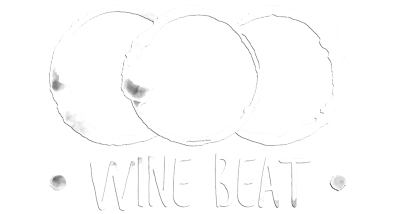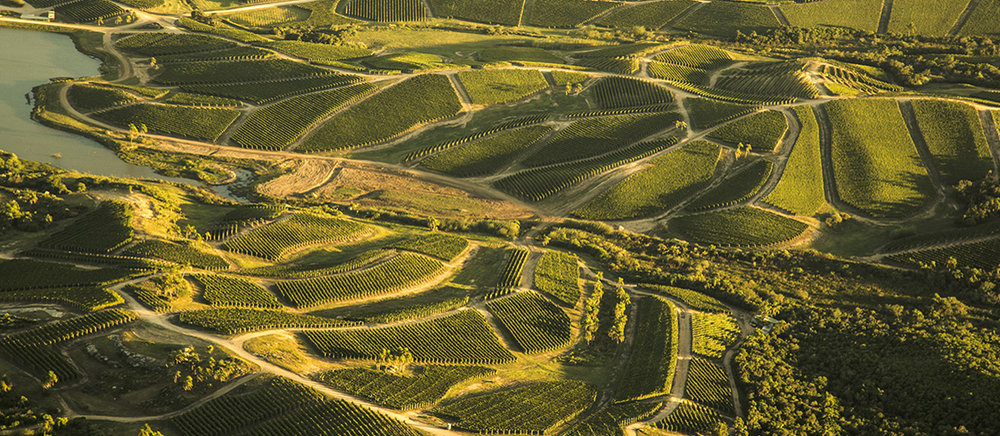
In the South American context it is easy to overlook the magnificent wines of Uruguay. Chile and Argentina have such an overwhelming presence in the export market and have been relentlessly building their wine industries and their international marketing machines. Uruguay, on the other hand, only exports about 5% of its wine and in the past just hasn’t seemed all that motivated to go further afield in search of markets. Uruguay has a robust home market that happily soaks up essentially all of the wine that can be made. And with ready access to the massive Brazilian market as well as significant tourism from neighbouring Argentina, there has historically been little wine available to send elsewhere. This is changing, however, as new players invest in wineries and existing players expand. The Uruguayans are industrious, entrepeneurial and they know a good opportunity when they see it. In this case, that opportunity is the prodigious capacity for making exceptional wines.
Uruguay has always been largely an agricultural economy and has managed to ride out the vagaries of politics and economic boom/bust cycles better than some of its South American peers. The people of Uruguay are a little more like the Chileans in terms of their steadfastness and sobriety. Their hard-working nature expresses itself in the relative strength of the economy. That doesn’t mean they don’t like to have a good time. Uruguayan culture is famous for its attention to socializing – eating and drinking with friends and family. But business is business and the opportunity to capitalize on the wine industry’s potential in the country is definitely not lost on the Uruguayans. Bodega Garzón is one of the recognized leaders and, with impressive investment and attention to superb wine making, Garzón is paving the way for the other producers that are seeking to scale up to tackle the world.
Why Uruguay for Wine?
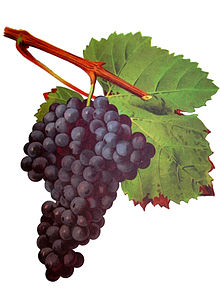
Bodega Garzón has chosen a location very close to the famous Punta del Esté to develop their vineyards. There is a compelling combination of soils, slopes and aspects over the estate (the intriguing single vineyard aspects come leaping out in the photo at top). But it is the climate of Uruguay which is very unique. This is a distinctly maritime climate and in a cooler location. The prevailing currents in the Atlantic provide a constant fresh breeze while the humidity creates challenges for disease control. In short this is not the high-altitude dry vineyard country of Mendoza or the privileged valley locations of the Chilean central valley. This is more like Rias Baixas in Galicia or Bordeaux. This is a place for tough grapes and, not surprisingly, two varieties that have taken particularly well to the geography are Tannat and Albariño.
Tannat’s Place In The World
In fact, in a supreme expression of Uruguayan individualism, Tannat has been adopted as the national grape. This thick-skinned, muscular variety has a reputation more like that of a bar-room brawler in most parts of the wine world including its native home in the south-west of France. So it is inevitably going to be a bit of a hard sell outside of Uruguay. But the Tannat wines of Uruguay are not unapproachable megalithic tannin bombs. They retain a masculine character (read: goes very well with Uruguayan beef) but they have a voloptuous and elegant roundness that is distinct and have beautiful fruit character. Bravo for individuality!
Albariño is also of intense interest and Garzón’s versions are winning tremendous international accolades. Cabernet Franc is also a wonderful performer – again, not that much of a surprise given the climate. There are many other varieties that adapt well to Uruguay whether it is Merlot, Cabernet Sauvignon, Syrah, Sauvignon Blanc or Viognier. In all cases, expect a unique Uruguayan expression (once you’ve managed to track down a bottle!).
Where is Maldonado?
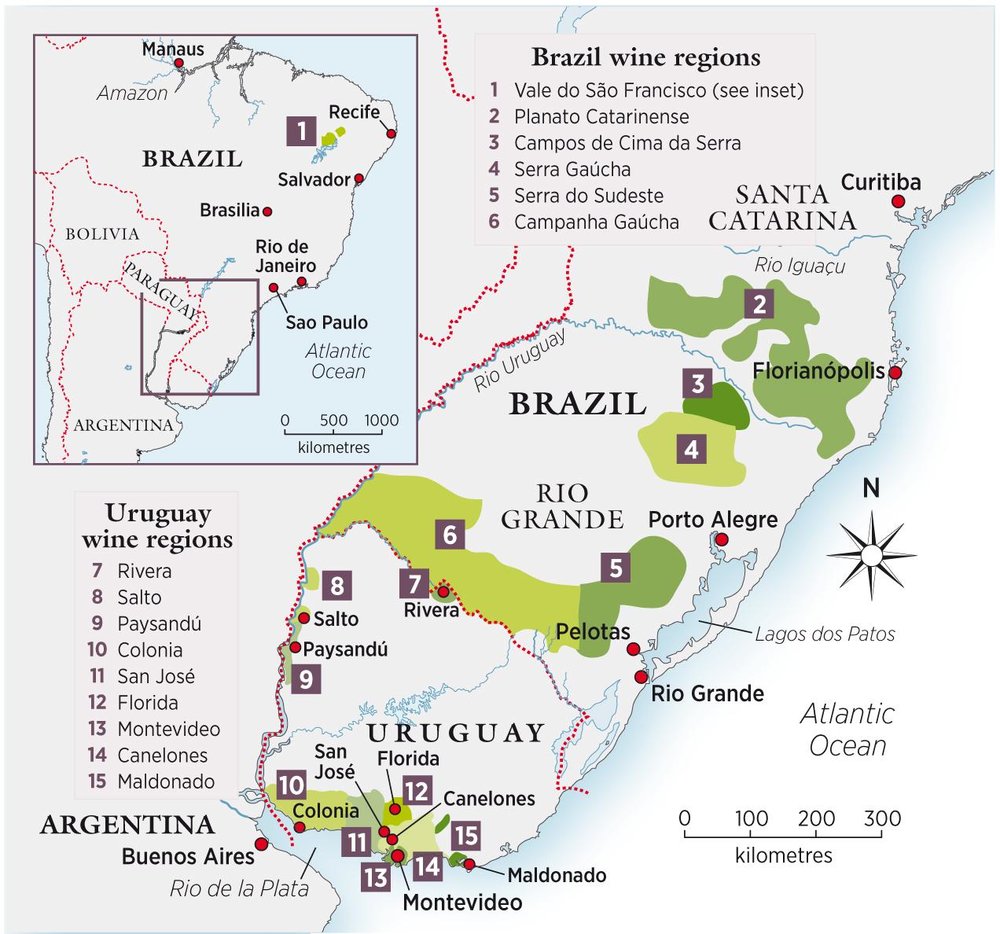
There is wine growing taking place in 15 of the 19 departments within Uruguay so it is fair to say that wine is well-entrenched across the country, even if in many cases the bodegas (wineries) are small-scale. A few of the best wine regions though are concentrated around the capital of Montevideo including Canelones. This area is beach country, the summer playground of Uruguayans and Argentines alike. The effect of the cool Atlantic winds is what marks the climate more than anything and the vineyards have the benefit of a longer ripening period and higher acidity. Uruguay’s wines are characterized by their freshness, salinity and minerality.
Who Are The Winemakers?
Here is a sample of some of the winemakers in Maldonado, Canelones and Montevideo:
In Maldonado Bodega Garzón and Alto de la Ballena
From Montevideo Bodegas Carrau and Bodega Bouza
In Canelones Los Nadies and Pisano and Pizzorno
When is The Best Time To Visit?
Come to Montevideo in the southern hemisphere summer for the best beach experience or really anytime from late spring to early autumn. Summer is January and February but anytime from November to April will be nice. How about March to avoid the madness on the beaches?
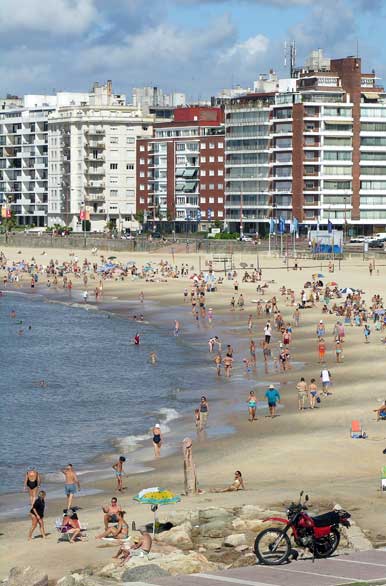


Useful links:
www.guruguay.com provides an amazing resource for travelling and enjoying Uruguay,
www.welcomeuruguay.com is another very useful site.
www.bodegagarzon.com is a beautiful site and will inspire you to visit Uruguay’s wine country.
www.worldwine.com.br for Garzón wines in Brazil.
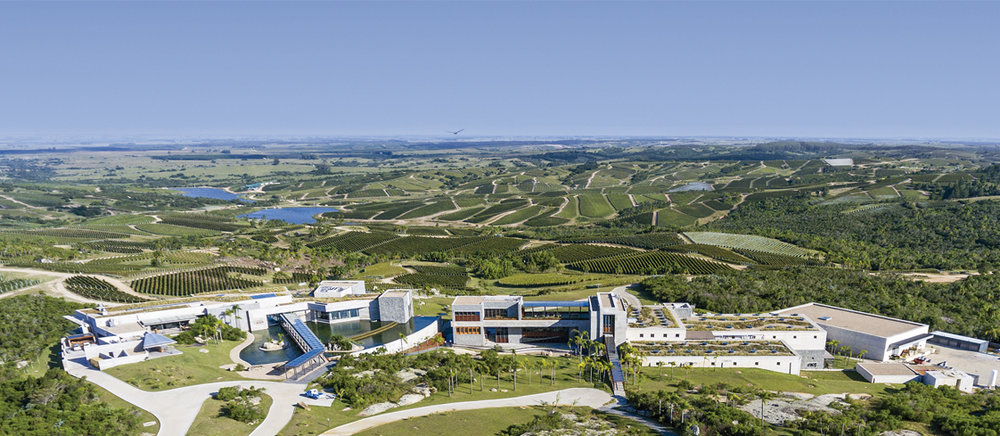
Photo and map credits Bodega Garzón and Visit Uruguay and Pixabay
